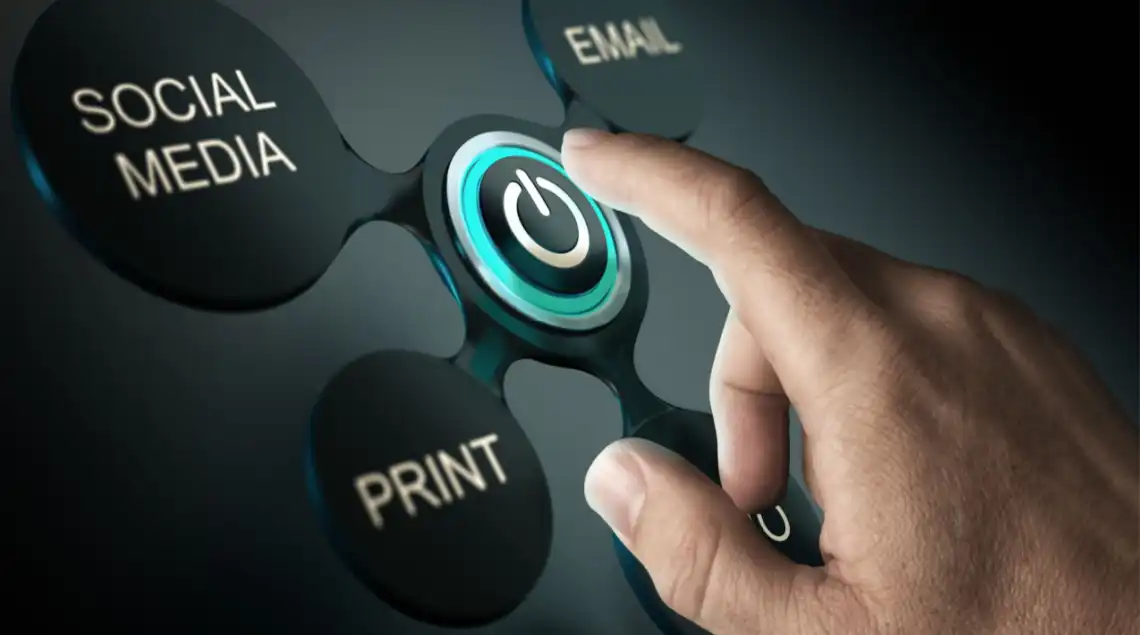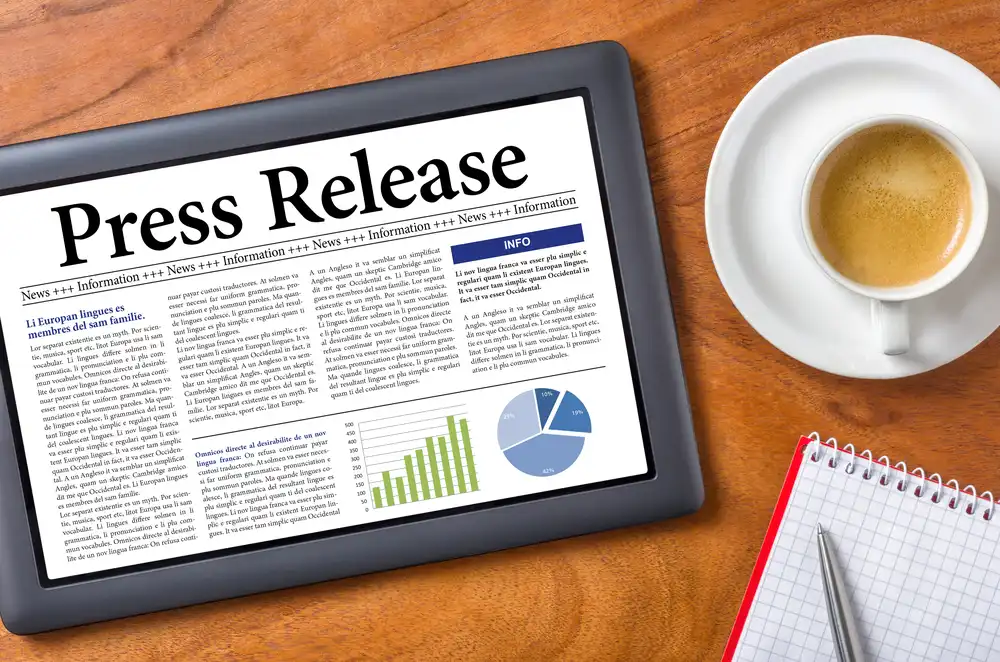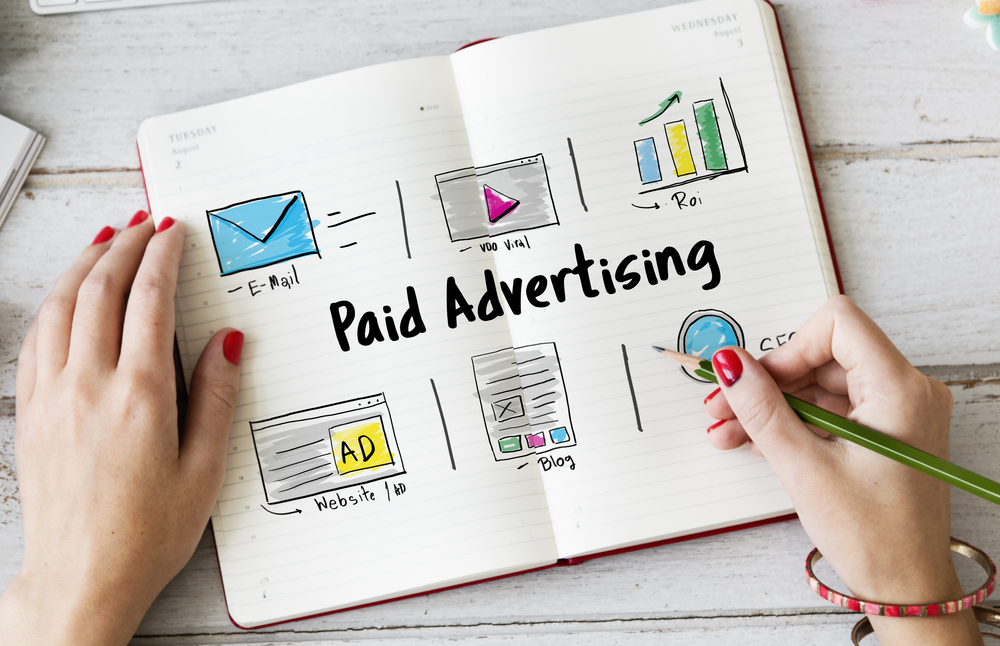
Expand Your Content Universe: Invest in Earned, Owned, Paid Media
14 December 2021
Team Purple Iris
Content is the fuel that drives marketing. Companies need to get a firm grip on both the volume and variety of the content they produce. Only then will they be able to provide adequate support for marketing activities.
Companies must consider spreading their content across different platforms to maximise reach. Investing in the following three media buckets – earned, owned and paid – can open doors of new opportunities to influence your customers. Each of these media buckets has its own unique benefits that can elevate the effectiveness of your marketing efforts.
Media bucket #1: Earned media
Earned media is what you earn for the great work that you have done. It refers to content created by people other than you or content you have paid others to create for you. It is free publicity your business garners in different channels. In other words, it is the “pull” effect you create.
You could gain such coverage in the media or from happy customers who want to spread the word about your business, without expecting anything in return. It could also be the result of the content you have posted on your own channels that have inspired others to feature your brand or work in their communication.
Earning such visibility is a sign that there is genuine interest in a company’s work and the impact of its business. But it takes time and consistent effort to reach that stage.
As Roger Ailes, former chairman and CEO of Fox News, Fox Television Stations and 20th Television, says, “If you want to get unpaid media coverage, you had better be quotable. It’s an interesting problem, because very few candidates are quotable.”

Examples of earned media
Media mentions: Media mentions can happen in different ways. A company’s press release is covered in a newspaper. Or an opinion piece authored by a senior executive is carried by a magazine. Or its product is mentioned in a news capsule. Such media mentions can create a lot of buzz for the company. It can catapult the brand beyond its immediate circle of influence. It also provides fodder for social media marketing.
Interviews: Opportunities to get interviewed by a media publication or a podcast host about the nature of your business or the work that you have done is another example of earned media. The interviews could be conducted in a video, audio or text format.
Word of mouth: Happy customers recommending your products or services and sharing those experiences on different platforms is another good example of earned media. Word of mouth marketing has been a powerful tool for years but with digital media its relevance and impact has grown multi-fold. Especially on social media, the engagement a testimonial or review gets in the form of shares, comments or likes helps in its amplification.
What can you do to attract earned media?
- Put together a public relations (PR) strategy and plan. How do you want to position the company? What are some of the key corporate messages you want to highlight in the media?
- Write press releases on recent wins or leadership changes. Compile a list of media outlets and wire agencies with whom you want to share the press releases.
- Develop relationships with editors and senior correspondents who cover your industry – either directly or through a PR agency. Understand the kind of articles that interest them and pitch to them regularly.
- Develop a customer reference programme to attract customers to give testimonials and references on your work.
Media bucket #2: Owned media
Owned media refers to your own channels of communication on which you have near-total control. Such content could be for online or offline channels, and constitutes the largest share of what you produce. It is the primary content that feeds your marketing campaigns. In other words, this is the “push” content you create.
In-house marketing and communications teams and external communication partners such as content writing companies and graphic design companies collaborate to generate content for owned media. With the rise in the need for digital communication, marketing teams are also repurposing existing content to be pushed through their owned digital channels.
Read our blog post on how to maximise value through content repurposing.
Owned media offers immense opportunities to reach out to a new target audience or engage with the existing pool of customers. Since the control lies with the company, it can decide on the frequency at which different target groups receive content and what content goes in front of which target audience.

Examples of owned media
Newsletters: Use newsletters to regularly communicate with your customers, partners and internal stakeholders. It could contain new updates from the company, and information on upcoming events and campaigns. Newsletters are an effective way to keep the engagement alive with your target audience.
Company blog: Create blog posts that are not only packed with information but are also rich in insights that provide readers a fresh perspective or deeper knowledge on a subject. It is a forum to demonstrate your expertise and educate your customers, and thereby position the company and its leaders as thought leaders and influencers. Make your blog posts rich in keywords closely related to your business to help you improve the company’s search engine optimisation (SEO) ranking, and draw more traffic to your website.
Social media platforms: With the use of social media for business increasing, promote content on your social media channels and create an engaged pool of followers. Upload fresh content on social media platforms on a regular basis. To keep engagement levels high, get creative and publish a variety of content such as short posts, infographics, video clips or posters with inspirational quotes. Use an attractive call-to-action wherever possible to direct traffic from the social media post to your website.
Read our previous blog post on unique social media strategies executed by four different brands.
What can you do to get the most out of owned media?
1. Divide content on owned media platforms into different categories – informative, entertaining or educational – to create deep engagement and hook users to your brand.
2. Be discoverable. Formulate SEO and social media marketing strategies that will draw more traffic to your web assets and social media channels.
3. Cross-post content in different owned media sites to enhance brand visibility. For example, promote your blog post on the corporate LinkedIn page. Post a webinar session on the corporate YouTube account.
Read our previous post on eight ways you can repurpose webinar content to maximise value.
4. Keep a tab on metrics. Track which type of content is garnering more views on your blog or which electronic direct mails (eDM) have better open and engagement rates.
Media bucket #3: Paid media
Paid media refers to content that is the result of a commercial understanding to produce or publish content. Traditionally, paid media primarily constituted advertising. A company pays to create commercials and pays to get them published. So long as it follows certain guidelines and standards, it has the freedom to say what it wants in paid media content.
Today paid media takes different forms. Companies are creating digital campaigns for highly narrowed-down targets. For example, Facebook provides companies the flexibility to fix a budget and duration to run a campaign. You can narrow down the target audience through filters like age group, location and gender.
Based on the audience’s online consumption pattern, social media platforms like Facebook and LinkedIn use algorithms to help advertisers connect directly with their target demographic. Paid campaigns can now be used to promote a brand’s owned content such as a downloadable file or lead them to a call-to-action.

Examples of paid media
Branded content: Branded content is a form of collaboration between a media house and a brand. You can create media assets such as a contributory article or a white paper for a publication. These may be exclusive assets you create to be published by a media house for a fee.
Influencers: An influencer is an individual who has the power to influence his/her followers due to the knowledge or authority on a subject, or by sheer star power. Brands take the help of such content creators to promote branded content on social media. These are often celebrity endorsements.
Google Ads or Facebook Ads: Advertising on Google or Facebook is a means for you to use the mass popularity of these platforms to promote your business or content, and drive traffic to your website or other online assets.
Pay-per-click (PPC) advertising: In this advertising model, companies pay when someone clicks on your advertisement. PPC also drives traffic to your website or other online assets.
What can you do to improve your return on paid media?
1. Understand your target audience well before making an investment. Which platforms do your customers visit and for what purpose?
2. Know which filters are relevant while using Facebook or Google advertising.
3. Evaluate the metrics of your ads and tweak your strategies as you go.
How much time and money you want to invest in which content bucket depends on a number of factors. A startup may not be ready for earned or paid media yet. Startups need to focus on generating a buzz on their own owned media channels, before they can expect to get noticed.
The launch of a new product is a good time to invest in paid or earned media. This is the time for a brand to go all out and garner as much visibility as possible.
Partner with agencies that will support the organisation across these content needs. Select content writing agencies and public relations firms that understand your business needs and will tailor-make content strategies to meet your requirements.
How can we help you improve your presence across earned, owned and paid media? Write to us at info@purpleiriscomms.com.
